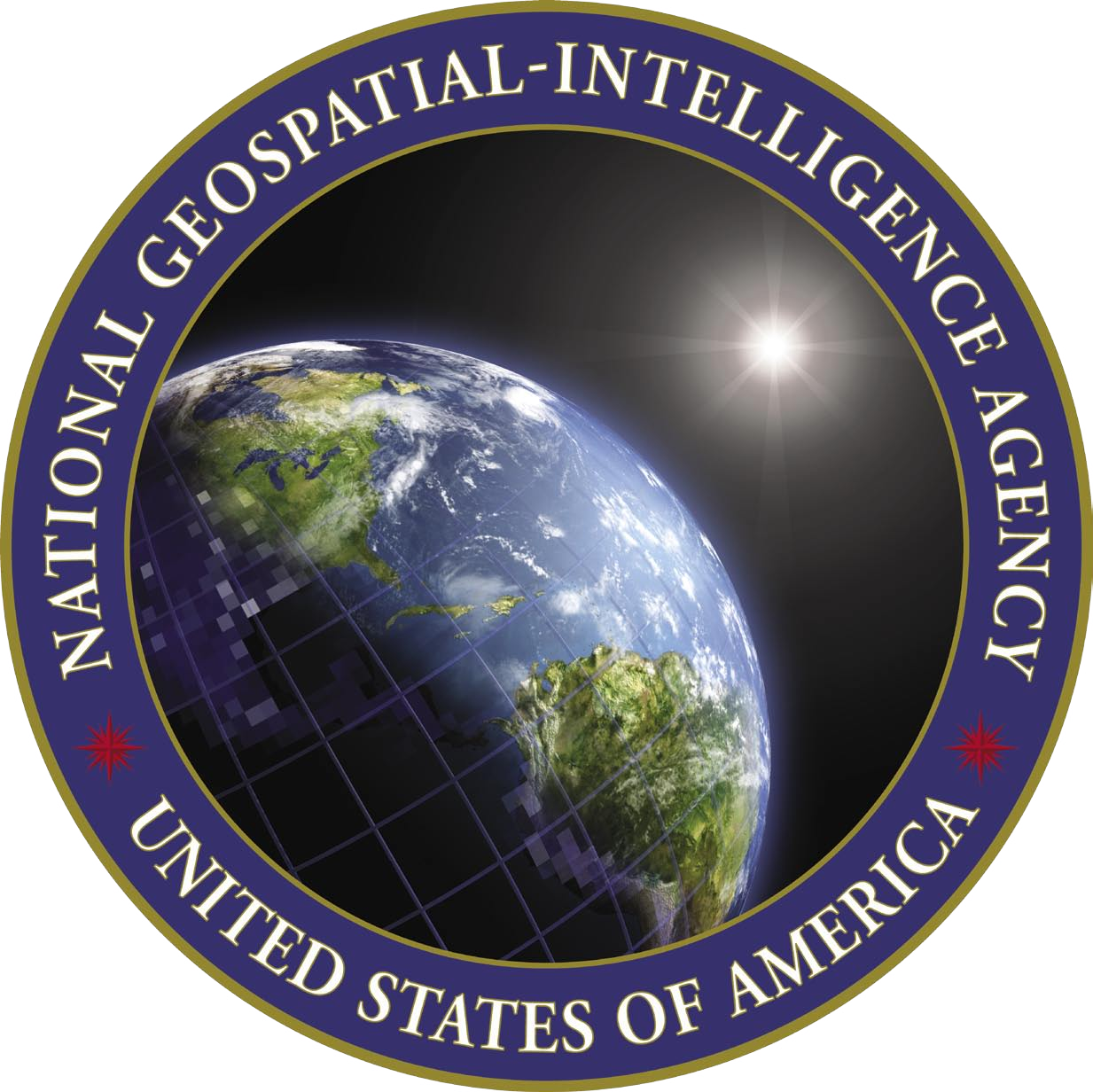New (2008) seal of the United States . This new version is the same as the previous version except it has a different inscription. For more information, see here. (Photo credit: Wikipedia)
According to fascinating documents uncovered by the National Security Archive of George Washington University, the U.S. Intelligence effort to monitor and “uncover” hidden military assets of “Rogue Nations” stretched all the way back to early Cold War years, and continues today.
The documents reveal that since World War II, the United States conducted numerous programs to identify and analyze underground structures in foreign countries around the world. Those efforts continue today, primarily focused in recent years on Iran’s effort to establish a nuclear weapon program.
According to writer Jeffrey Richelson, U.S. intelligence efforts to reveal the facilities and activities of underground structures in foreign countries was sparked by its experiences in World War II in dealing with German underground facilities, such as the Nordhausen V-2 rocket facility.
According to the documents, as late as 1999, the U.S. military considered underground facilities to be one of the most significant threats from foreign countries. One 1999 DIA analysis stated that “The proliferation of underground facilities (UGFs) in recent years has emerged as one of the most difficult challenges facing the U.S. Intelligence Community and is projected to become even more of a problem over the next two decades.”
This threat may explain why the National Reconnaissance Office has ramped up its efforts to launch top secret surveillance satellites into space.
According to the National Security Archive report, the NRO has established a Hard and Buried Targets Working Group, and the National Geospatial Intelligence Agency created an Information and Underground Issues Division.
The Purpose of Foreign Underground Bases
According to the documents uncovered by the National Security Archive, the underground bases and facilities that are of the largest concern are those that:
– Perform “covert concealment and transportation”, such as the infiltration of troops from North to South Korea through underground tunnels.
– Underground storage of weapons, such as a facility revealed in a 1976 memo, where North Korea performed secret refueling operations of its Musudan-ni missiles.
– Vast underground bunkers for government leadership, such as 1980s-era Soviet bunker complexes, or the 12-room cave complex that U.S. forces discovered in Baghdad in 2003. Cuba also has similar underground command and control complexes that were built “20 meters below the surface”.
– Underground weapon manufacturing facilities, such as China’s Project 816 in 1966, which resulted in the construction of a 104,000 square meter underground cave (20 football fields long), where China planned to build a plutonium production reactor and reprocessor. The facility is now allegedly a chemical-fertilizer facility.
Some underground bases still have unknown purposes, such as the massive underground construction project at Yamantau Mountain, 850 miles East of Moscow. Intelligence reports noted a “deep underground complex”.
Identification and Analysis
According to Richelson, U.S. Intelligence approaches such alleged locations and facilities with a four-step approach.
First, the IC utilizes intelligence assets within the target country to determine the existence and purpose of the facility itself. The intelligence community tries to confirm those claims with secondary sources of defectors. Second, the IC tries to confirm the mission of the facility, again using assets or defectors.
Third, U.S. agencies attempt to use whatever intelligence-collection tools are in the national arsenal to gather as much intelligence as possible about the underground facility.
Agencies use tools such as overhead imagery and energy scans (electro-optical, infrared or radar) to scan activity, the depth of construction and materials utilized in the construction of the facility. Documents reveal the tremendous success that U.S. intelligence has had in utilizing satellite assets to reveal such facilities.
Underground Bases Revealed Through the Years
Some examples include uncovering the underground facilities in Cuba, the Wuhan Region command center in China, radio-relay antenna facilities in the Soviet Union, and the underground chemical plants in Libya.
The United States satellite surveillance technology remains the most cutting-edge in the world. NRO satellite surveillance capabilities remain one of the best-kept secrets of the U.S. intelligence community, and few people are even aware of how much – or how deep – the satellite scanning capabilities of NRO satellites actually reach.
Other methods to analyze the structure and activity of foreign underground bases include measurement and signals intelligence (MASINT), where acoustic, seismic and electromagnetic signals radiating from the facility are gathered and analyzed.
What the documents published by the National Security Archive reveal is that U.S. efforts to detect and analyze underground threats in other countries did not end with the conclusion of the Cold War. To the contrary, those efforts only escalated and were targeted toward new and just as pressing national security threats.
Related articles







